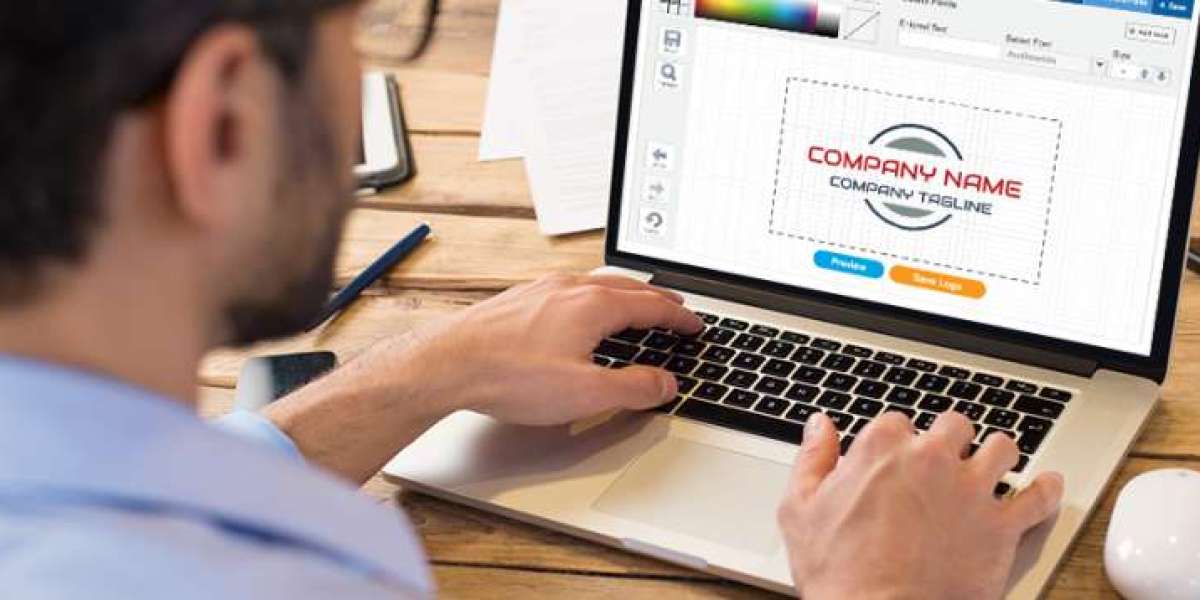In today’s visually-driven world, a logo is often the first thing that comes to mind when you think about a brand. Whether it’s the iconic swoosh of Nike, the golden arches of McDonald’s, or the instantly recognizable apple with a bite taken out of it from Apple Inc., logos are powerful symbols that convey a brand’s identity and values. As such, designing a logo is a crucial step for any business or organization, and understanding the cost associated with it is equally important.
Logo design cost can vary significantly depending on various factors, including the designer’s expertise, the complexity of the project, and the industry you’re in. In this article, we will break down these factors to help you better understand what to expect when budgeting for a logo design.
Factors That Influence Logo Design Cost
1. Designer’s Expertise and Reputation
The experience and reputation of the designer or design agency you choose will have a substantial impact on the cost of your logo. Established designers or agencies with a strong portfolio and a history of working with prominent brands often charge higher fees. They bring a wealth of knowledge and expertise to the table, which can result in a logo that truly stands out.
On the other hand, less experienced designers or freelancers may offer more affordable rates, but the quality of the final product may vary. It’s crucial to strike a balance between your budget and the level of expertise you require for your project.
2. Complexity of the Design
The complexity of your logo design will also play a significant role in determining the cost. Simple, minimalist logos with clean lines and fewer colors are generally less expensive to design than intricate, detailed designs with multiple elements and colors.
Consider the famous Nike logo—a simple swoosh. Its simplicity not only makes it instantly recognizable but also keeps production costs low. However, if your brand requires a more complex or illustrative logo, be prepared to invest more in both the design process and potential future printing costs.
3. Usage and Rights
Another factor affecting logo design cost is the intended use and rights associated with the logo. For instance, if you plan to use the logo exclusively for a single business or a limited range of products, the cost may be lower. However, if you need broader usage rights, such as for merchandise, advertising, or franchising, the price is likely to increase.
It’s essential to discuss these usage rights with your designer upfront to avoid any misunderstandings down the road.
4. Revisions and Iterations
Revisions and iterations are a standard part of the logo design process. Most designers include a certain number of revisions in their initial cost estimate. However, if you require extensive changes or multiple rounds of revisions, this can lead to higher costs.
To manage costs, provide clear and detailed feedback during the design process and try to consolidate your revision requests to ensure they align with your vision for the logo.
Average Logo Design Cost
While logo design cost can vary widely, it’s helpful to have a rough estimate of what you might expect to pay. On average, the cost of a professional logo design can range from $1000 to $5,000 or more. Keep in mind that this range is a general guideline, and your specific project may fall outside of it.
For small businesses and startups with limited budgets, there are also more affordable options, such as online logo design tools and services that offer pre-designed templates. These options can provide a quick and cost-effective solution for getting a basic logo. However, they may lack the uniqueness and customization of a professionally designed logo.
Conclusion
Investing in a well-designed logo is an investment in your brand’s identity and long-term success. While the cost of logo design can vary, it’s essential to strike a balance between your budget and your brand’s needs. Consider the factors discussed in this article—designer expertise, complexity, usage rights, and revisions—as you plan your logo design project. By doing so, you can ensure that your logo effectively communicates your brand’s message and values, ultimately contributing to your business’s success.








